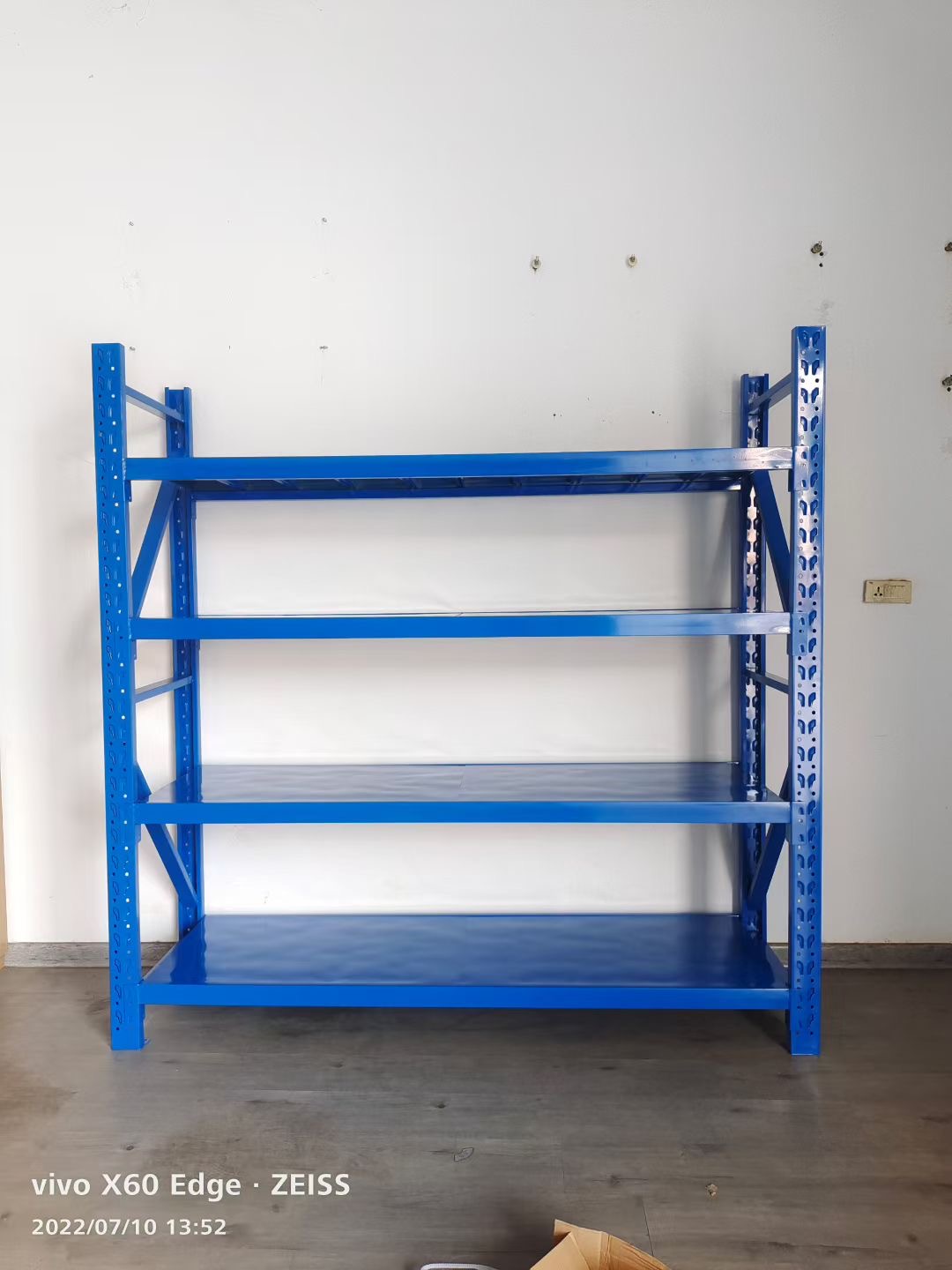In an increasingly interconnected world, the need for efficient and cost-effective transportation has never been more critical. Whether for personal travel, business logistics, or commuting, understanding the cheapest way of transport can lead to significant savings and enhanced convenience. This article delves into various modes of transport, analyzing their costs, benefits, and practical applications to help you make informed decisions.
Understanding Transportation Costs
Before we dive into specific modes of transport, it’s essential to grasp the factors that influence transportation costs. These include:
- Distance: Longer distances typically incur higher costs, but this can vary significantly between modes.
- Type of Transport: Different vehicles and methods have varying operational costs, including fuel, maintenance, and insurance.
- Time Sensitivity: Urgent deliveries may require faster, more expensive options, while non-urgent transport can afford to be slower and cheaper.
- Volume and Weight: Heavier and bulkier items often lead to increased costs, especially in freight transport.
Analyzing the Cheapest Modes of Transport
- Walking and Bicycling
For short distances, walking or cycling is undoubtedly the cheapest mode of transport. Not only do these options incur no direct monetary costs, but they also promote health and environmental sustainability. Bicycles, in particular, can be a cost-effective alternative for commuting, especially in urban areas with bike lanes and rental services.
- Public Transportation
Public transport systems, including buses, trams, and subways, are among the most economical options for urban travel. The costs are generally lower than personal vehicles when considering fuel, parking, and maintenance. Additionally, many cities offer monthly passes that further reduce expenses for regular commuters.
- Advantages: Reduced carbon footprint, no parking hassles, and the ability to multitask during commutes.
- Disadvantages: Limited schedules and routes, potential overcrowding, and less flexibility compared to personal vehicles.
- Carpooling and Ridesharing
Carpooling and ridesharing services like Uber and Lyft can be economical for those who need to travel longer distances without the burden of owning a vehicle. By sharing rides, costs are split among passengers, making it a budget-friendly option.
- Advantages: Convenience and reduced individual costs.
- Disadvantages: Dependence on others’ schedules and potential wait times.
- Trains
When considering intercity travel, trains often provide a balance between cost and comfort. In many regions, train services offer competitive pricing, especially when booked in advance. They can be particularly economical for longer distances compared to flying.
- Advantages: Scenic routes, spacious seating, and the ability to move around during the journey.
- Disadvantages: Limited routes and potential delays.
- Buses
Long-distance bus services are typically the cheapest option for intercity travel. Companies like Greyhound and Megabus offer competitive fares, especially for early bookings. While travel times may be longer than trains or flights, the cost savings can be substantial.
- Advantages: Extremely low fares and extensive networks.
- Disadvantages: Longer travel times and less comfort compared to other modes.
- Freight Transport
For businesses looking to transport goods, freight transport options such as shipping containers, rail freight, and trucking can be analyzed for cost-effectiveness. Rail freight, in particular, is often the cheapest way to transport large volumes over long distances, especially for bulk goods.
- Advantages: Economies of scale for large shipments and lower environmental impact compared to road transport.
- Disadvantages: Longer transit times and less flexibility in delivery schedules.
Conclusion: Making Informed Choices
Determining the cheapest way of transport depends on various factors, including distance, urgency, and personal preferences. For short distances, walking or biking is unbeatable. Public transport and ridesharing offer economical solutions for urban travel, while trains and buses excel in intercity journeys. Businesses should consider freight options based on their specific logistics needs.






